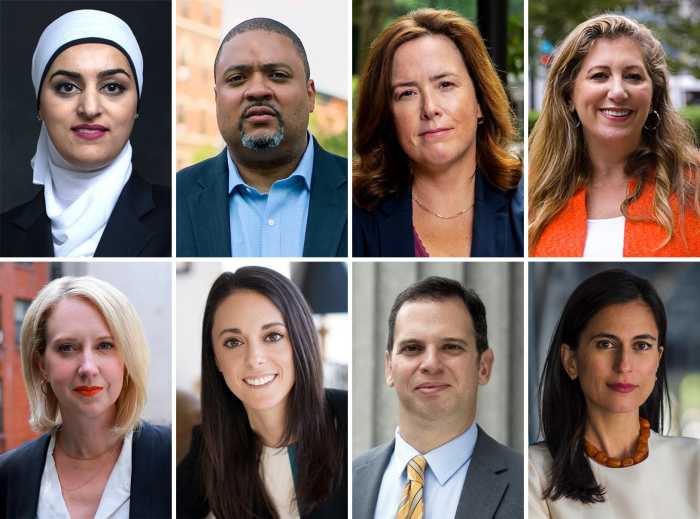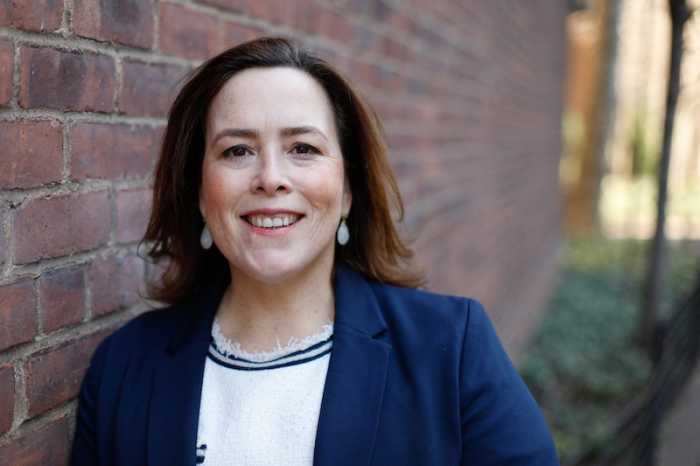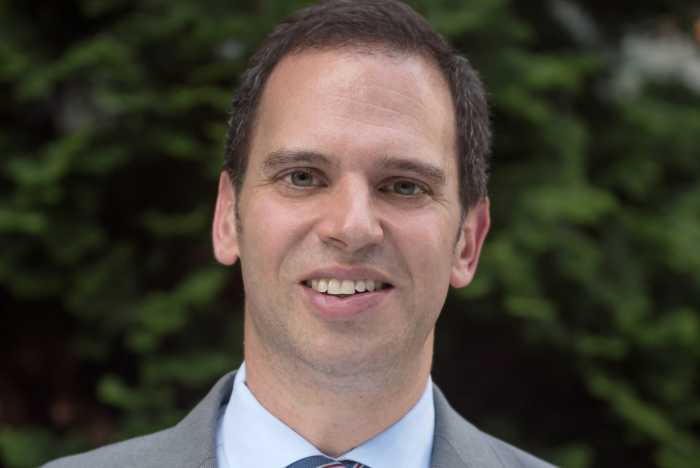Last week, the race for Manhattan District Attorney saw the addition of yet another candidate – prison reform leader and former Assistant District Attorney Lucy Lang.
Lang has been working for criminal justice reform her entire life. After working as an Assistant DA, she was the Director of the Institute for Innovation in Prosecution (IIP) at John Jay College of Criminal Justice; in that position, she worked with lawmakers and survivors to design policy related to social justice, restorative justice and police accountability. In 2017, she created a first-of-its-kind program that has assistant district attorneys study criminal justice alongside incarcerated students.
We recently got the opportunity to speak with Lang about her career, philosophy and ideals.
NEW YORK COUNTY POLITICS: What kind of work did you do as an Assistant District Attorney? What were your daily responsibilities?
LUCY LANG: Initially, I worked in the appeals bureau, where I handled post-conviction matters. Then I moved to a trial bureau, where I handled all manner of cases that come through the DA’s office; I primarily handled violent crime, including homicide and domestic violence. In my last year at the DA’s office, I worked on a number of training initiatives. I helped to build out the alternative incarceration unit, and created a college-in-prison course for incarcerated students to study alongside assistant district attorneys.
NYCP: I read that while you were doing this work, you came to realize that prosecution alone would not solve the challenges faced by New Yorkers. Was there any particular catalyst that helped you come to realize this? If so, what was it?
LANG: There are a number of different stories that I could share about the trajectory of my philosophy. But one that really stands out is that of a young man who was shot and killed by two people. There was a very lengthy investigation, and thankfully the people who shot him were convicted after a two-week trial. I called the mother of the victims the day after the conviction, and asked her how she was feeling. She said, “I slept all night for the first time since my son was killed. But when I woke up, all I could think about was the mothers of those two men who killed my son.”
At that time, I was newly a parent myself. It really hit home for me that the system was designed in a way to discourage deep thinking about the people who go through the system. That lead me to build the college-in-prison class that I just described.
NYCP: It’s striking to me that the family lives of the men who murdered her son would even cross her mind, let alone dominate her thoughts. It really goes to show how much empathy people can have, doesn’t it?
LANG: Exactly right.
NYCP: I’d like to hear more about that college-in-prison program, though. From what I understand, it has assistant district attorneys take college courses alongside incarcerated students. Could you tell me more about how it works?
LANG: It’s one college course that I created, called “Inside Criminal Justice”. You have an equal number of assistant district attorney and incarcerated students who study together over a period of weeks. The incarcerated students receive college credits, if they wish, and the prosecutor students get Continuing Legal Education, or CLE, credits, which they need to maintain their bar memberships.
NYCP: So both the assistant DAs and the incarcerated students benefit from this.
LANG: Well, they both get credit, but I would say that the benefits go well beyond that. The students on both sides report really transformative experiences, in terms of connecting with one another and seeing humanity on the other side of the system.
NYCP: I take it the class encourages a lot of collaborative work?
LANG: Yes, it’s meant to be entirely collaborative. The final project is a small group project, in which both groups of students have to create a policy proposal. Later, they present it together, to the local District Attorney, the Commissioner of Corrections, and local elected officials.
NYCP: What do you think are the biggest issues facing the criminal justice system today? Are these issues specific to New York, or are they nationwide trends?
LANG: There are so many; it’s hard to choose. The crisis of mass incarceration should be on everyone’s mind, and that is true across the country. The racial disparities that feed into that problem, and the system beyond prison alone, are absolutely urgent.
NYCP: Beyond prison alone?
LANG: Racial disparities exist in mass incarceration, but they also exist elsewhere in the criminal justice system. They also affect who gets charged with low-level offenses, who’s getting fined, and who’s otherwise disadvantaged by the system.
NYCP: Since the pandemic began, a lot of lawmakers have brought attention to the problem of COVID-19 transmission in prisons. Some have been pushing for measures to curb the spread or ensure prisoners receive treatment. Have you thought about this issue, and what do you think we should do about it?
LANG: COVID-19 highlighted issues that have always existed in prison and the justice system. It is not new that prisons are often unhygienic, overcrowded, and lacking in rehabilitative support. COVID illuminated that for so many people, and galvanized public support for reducing the prison population. That should be top-of-mind for anyone who works in the criminal justice system, particularly district attorneys.


![Manhattan DA Candidate Lucy Lang [Photo provided by Jason Novak]](https://politicsny.com/wp-content/uploads/2021/02/A37I884843322-1365x2048-1.jpg?quality=51&w=1200)







